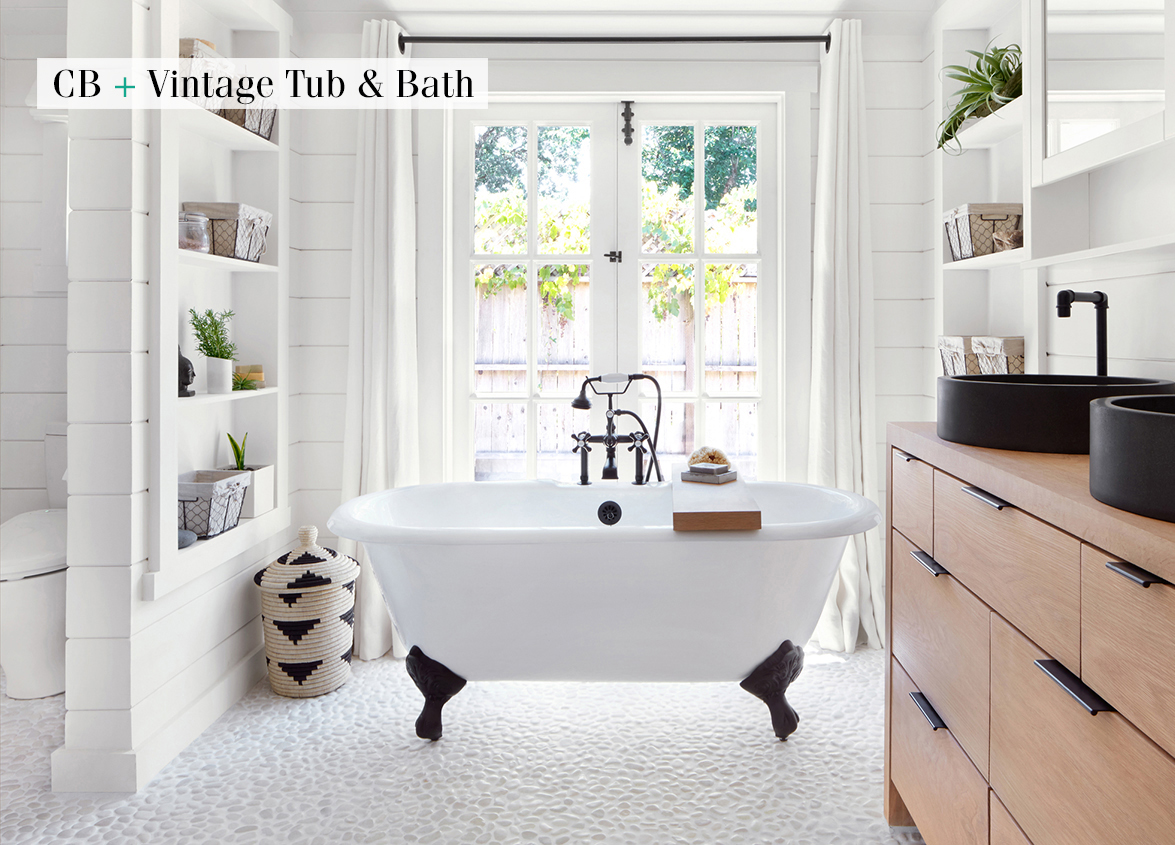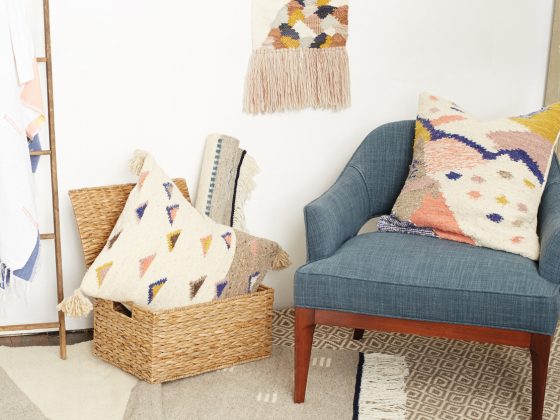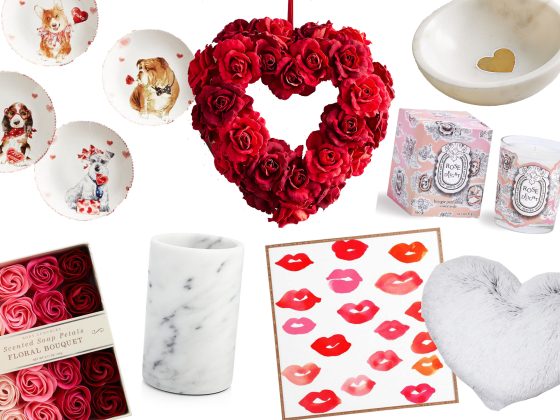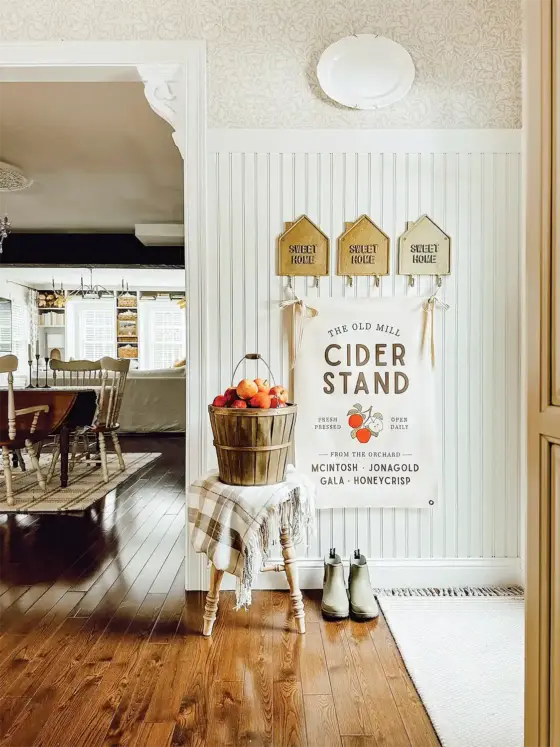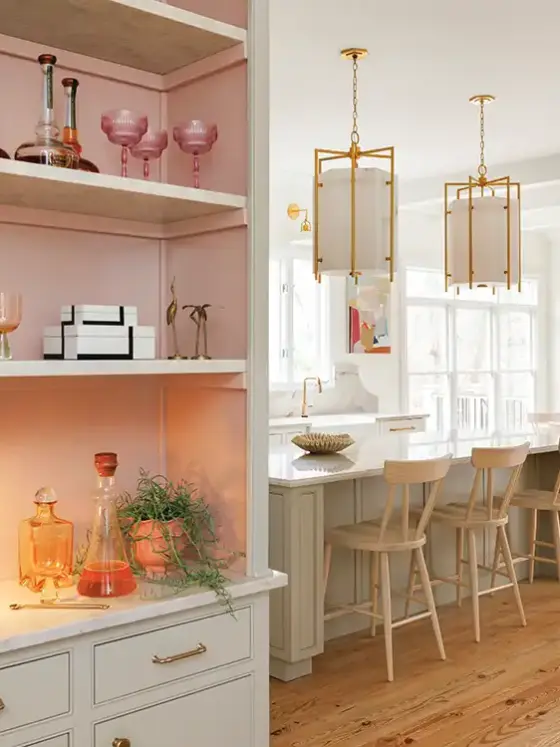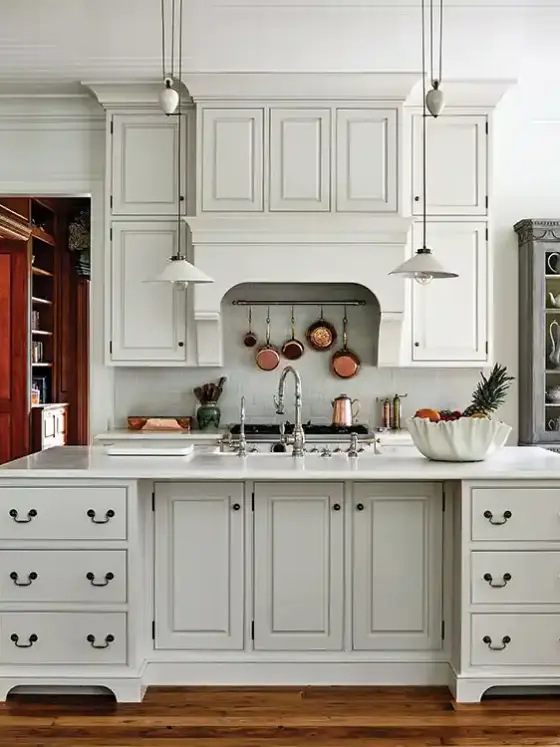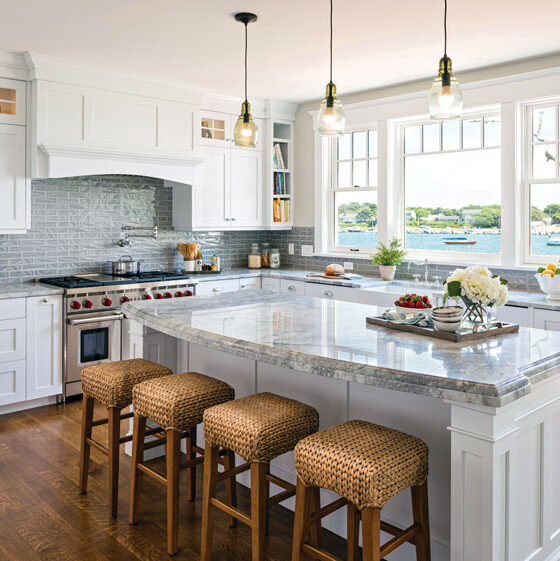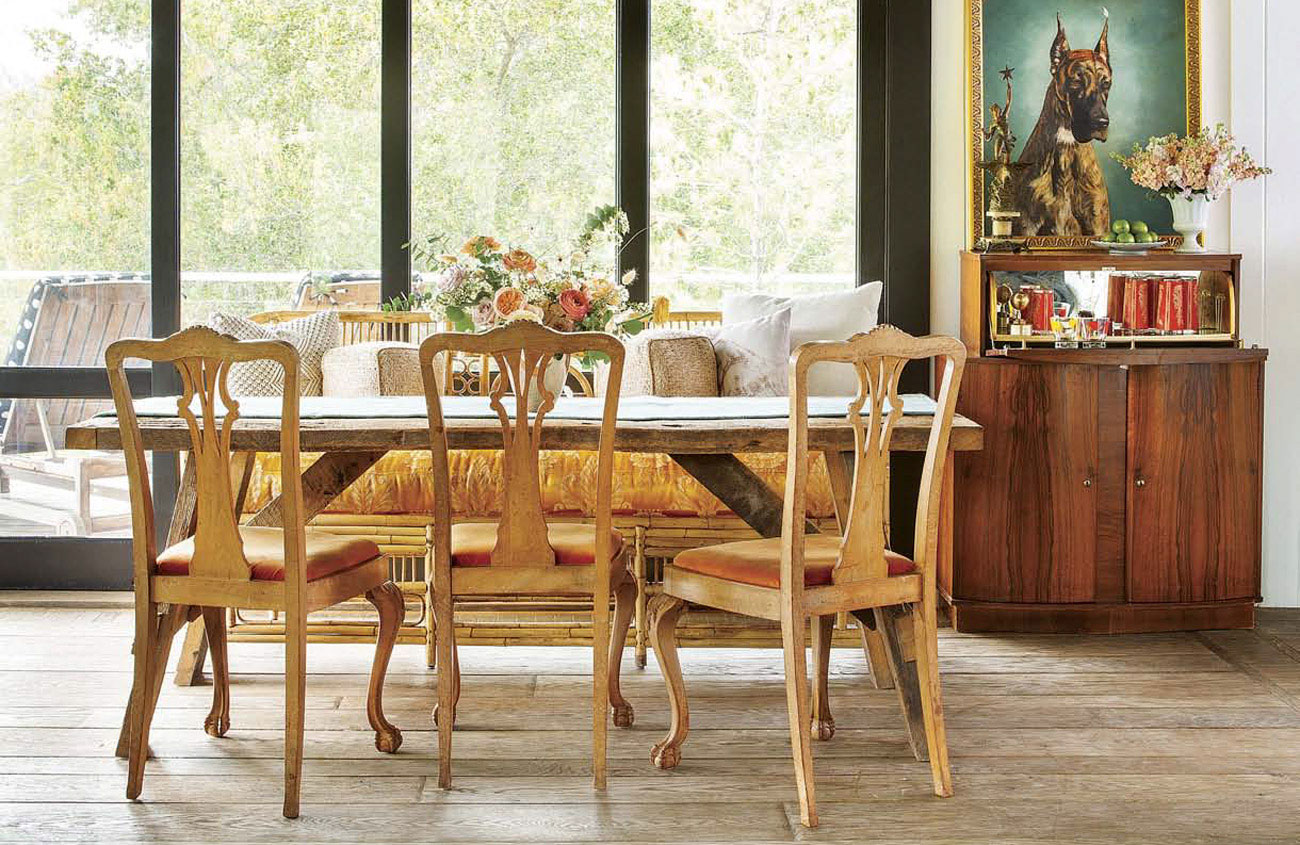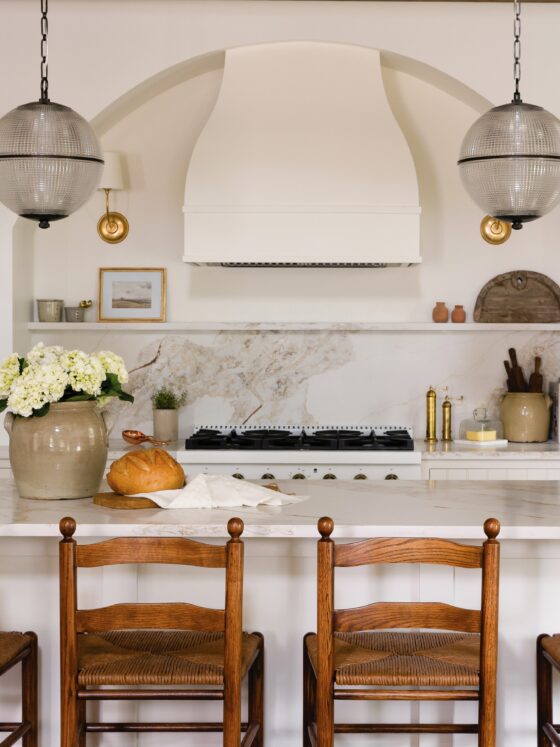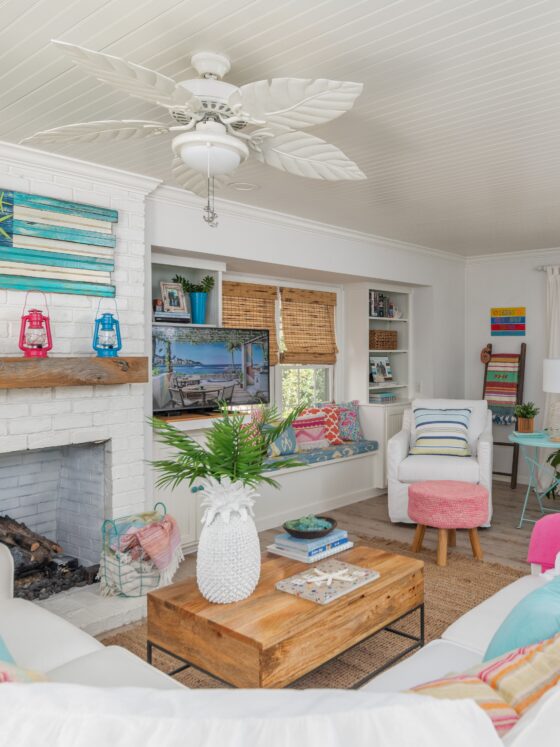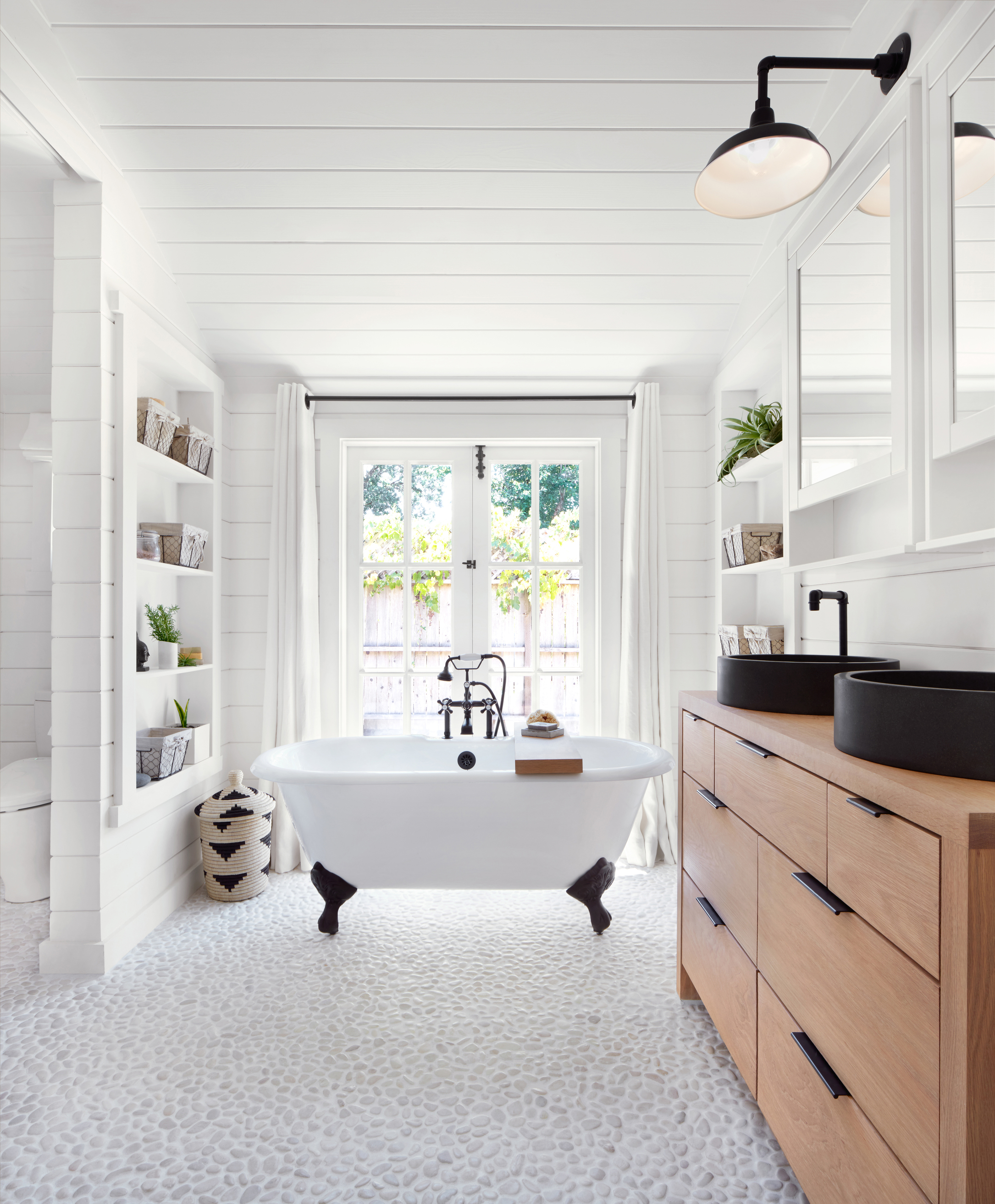
Clawfoot tubs have been around since the mid 1800s, and are now again the height of fashion. Why? Because a clawfoot tub has it all: traditional style, a lot of practical function, and plenty of room for pampering. Do you love taking a long, hot soak? Then a clawfoot tub is ideal for you. Here’s what you need to know about bringing this distinctive feature into your home.
Choose the Material
In the 19th century, clawfoot tubs were always made of cast iron, covered in easy-to-clean enamel. These days, acrylic versions of the tubs are also available. They look the same, and each has its fans. Cast iron is beloved as it’s extremely durable, stain resistant and keeps the water hot longer. However, cast iron tubs are heavy—the floor under a tub may need to be reinforced—and a bit pricier. Acrylic is lighter and also easy to clean. It also will not rust or chip. Really, either material provides an excellent option, depending on your needs.
Styles of Feet
The feet are a main attraction on a clawfoot tub, of course, and come in several types. The ball and claw style was originally created in Holland and inspired by the Chinese motif of a dragon holding a pearl, according to Vintage Tub & Bath’s blog, The Daily Tubber. These gained traction in England, as a lion’s paw clutching onto a ball, and in the U.S., was modified as an eagle’s claw shape clutching onto a ball. You’ll also hear about cannonball (simple and round), imperial (more ornate) and the square armada feet. By the way, if there is any concern about placing the feet directly on your floors—like if you’ve just put down pricey tile—you can always use foot coasters.
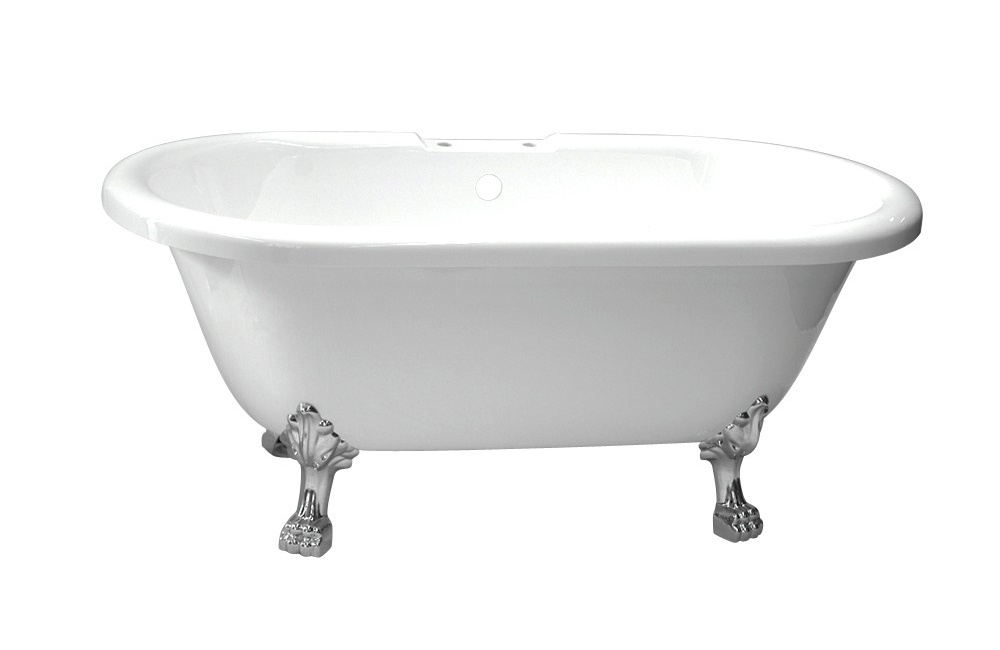
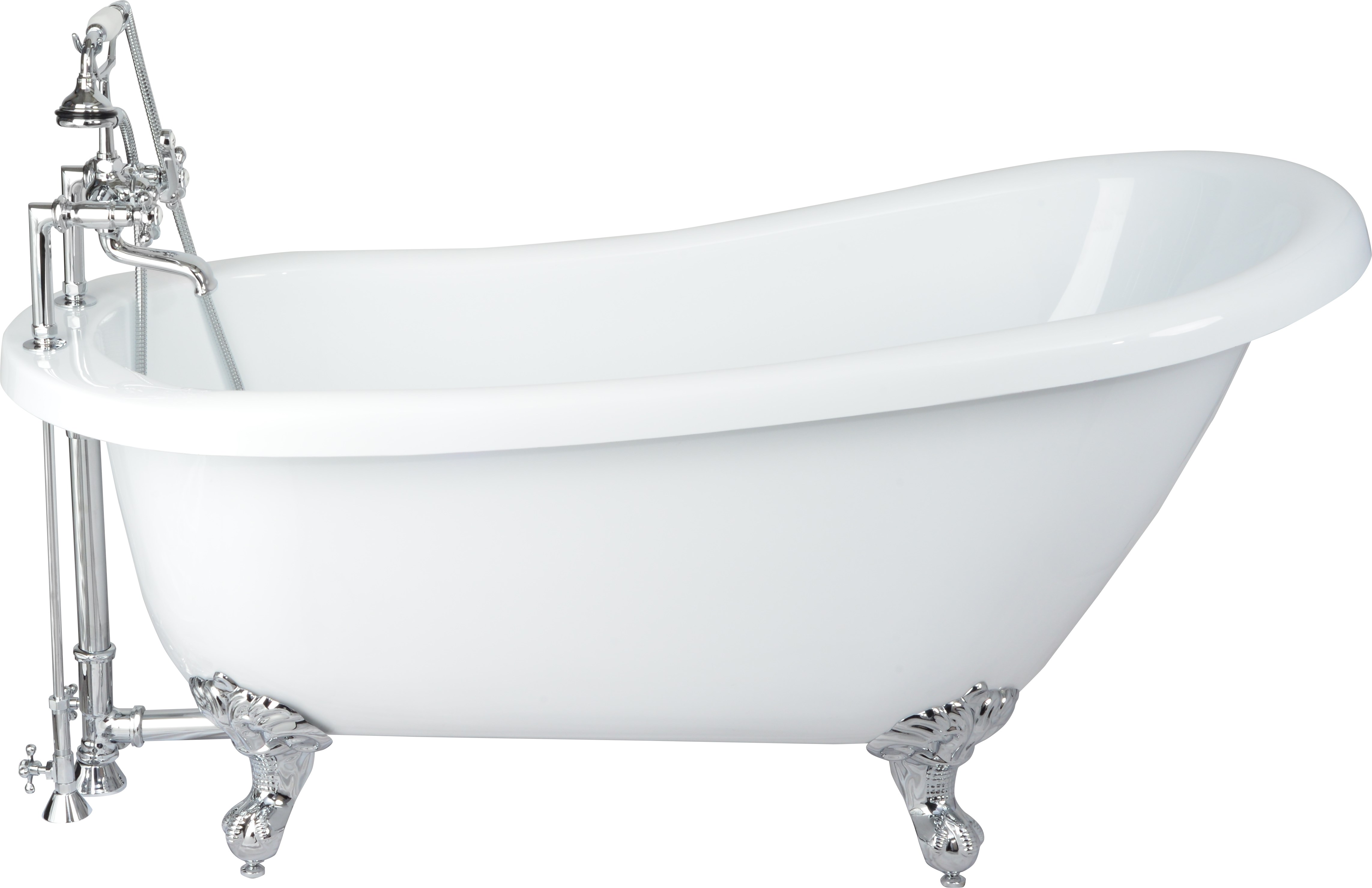
Types of Tub
Just as there are different types of feet, you’ll also need to consider what shape you’ll want.
• Classic: This is where it all began, style wise, and remains a classic. One end is squared off, where the faucet and drain are, and the other end is more rounded. A clean and traditional look.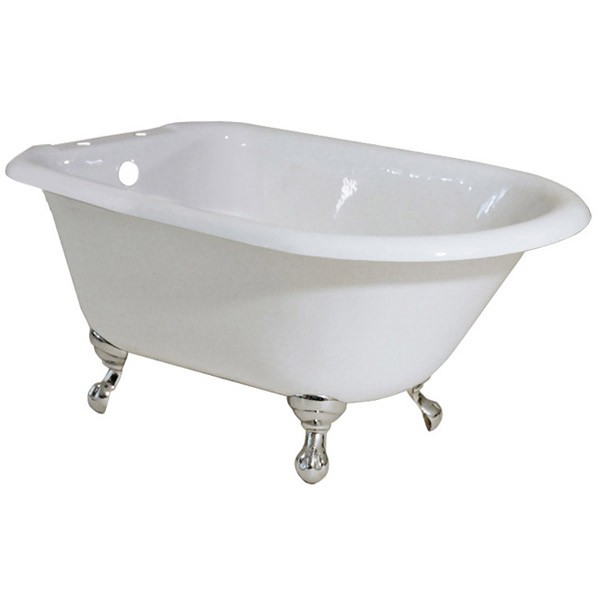
• Double ended. This has two round ends, with the faucet located in the middle of the tub so that you have the option of sitting on either end.
• Slipper Tubs: A single slipper has a higher raised end on one side, creating a perfect spot to soak with your magazine and glass of wine. A double slipper has high raised ends on both sides; envision a boat shape. As it dips in the center, this shape is handy if you’ll be bathing children or pets. In these styles, the faucet is also in the middle.
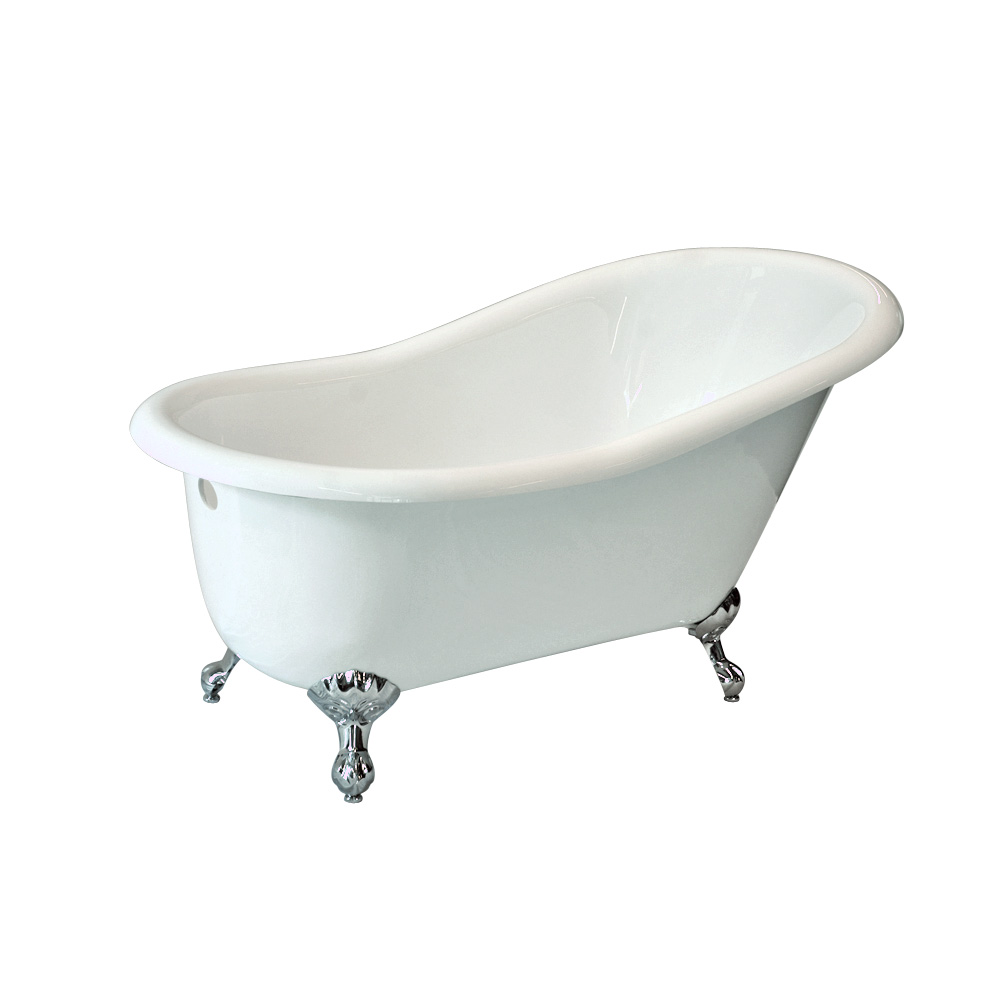
• Pedestal: Yet another option, this clawfoot tub is missing its feet! It is raised up, instead, on a ridge underneath, like a cake stand. A good choice if your home and bathroom have an art deco feel.
Should You Refinish?
If you have a historical home and an old tub and are considering a remodel, it’s probably better to purchase a new tub than refinish the old one. The experts at Vintage Tub & Bath note that the cost difference between a refinished tub and a brand-new tub isn’t that large anymore, and that there’s no refinished surface that is anywhere near as durable as an original porcelain enamel surface.
Other Considerations:
• Size. (Tubs run from 48 inches to 72 inches; you’ll want to choose a model where the tallest member of the family can comfortably fit. Here’s a handy size guide.)
• How many people are bathing? Yes, some baths fit two adults. Ah, romance!
• Color. For example, Vintage Tub & Bath has hues such as Forest Hollow green and Royal Flush red that can be applied exteriors.
• Fixtures, unless you are ordering a bathtub package that comes with that already set.
Ready to soak? Learn more about clawfoot tubs and shop for various designs at Vintage Tub & Bath.

